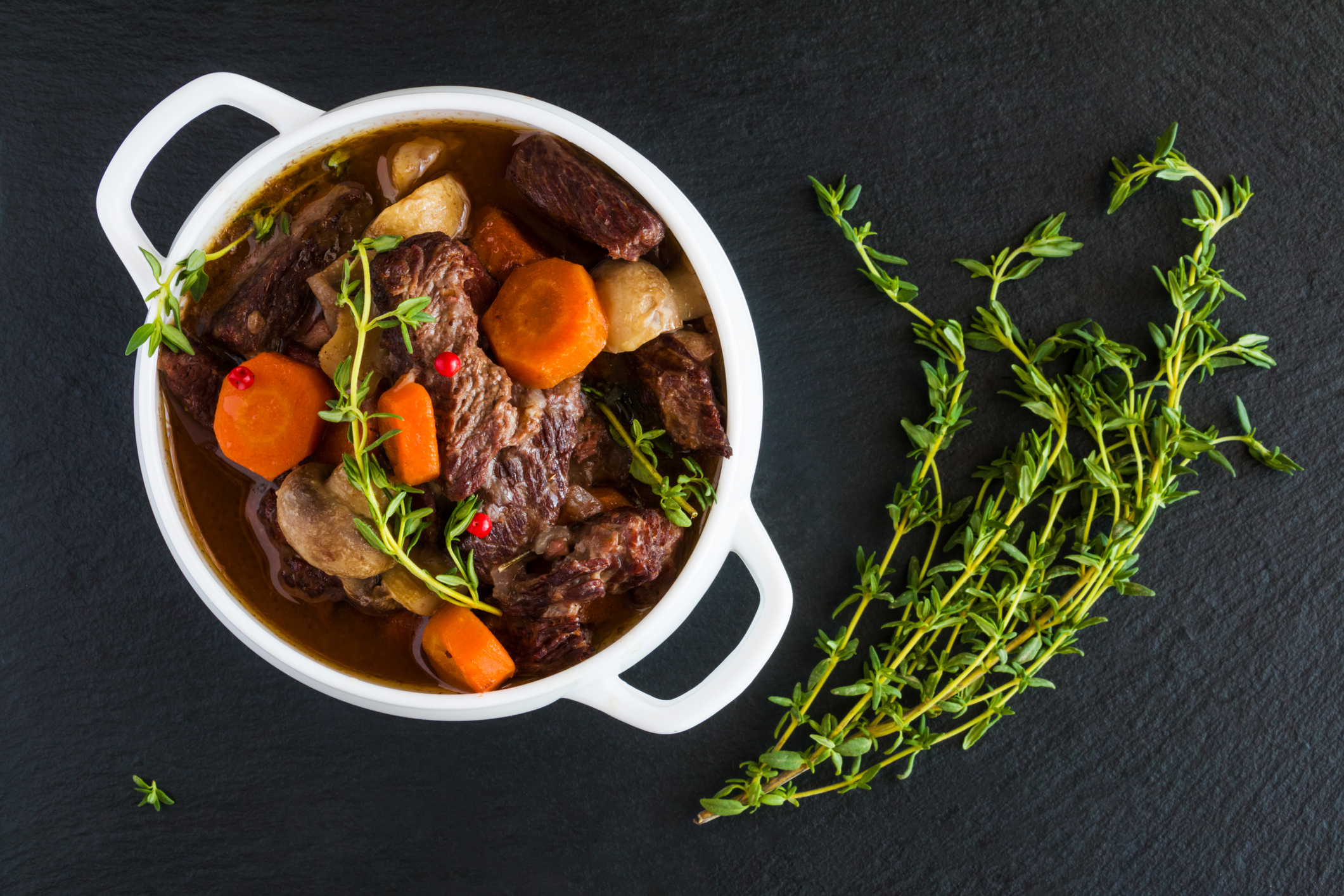Every chef – amateur and experienced – wants to achieve that perfect level of tenderness and flavour in meat, but it can sometimes be tricky to come by. Different cuts and types of meat both play a role in the outcome, so there definitely isn’t a one-size-fits-all approach. However, the closest you can get to a consistently successful cooking method for tender and tasty meat is slow cooking. Slow cooked meat has a delightful way of melting in your mouth and the cooking process can bring complex flavours out of hiding. But why? And how do you make sure this method is always a success? Here are some tips.
The Science Doesn’t Lie
Yes, there are scientific reasons to back up the fact that slow cooked meat is better. Tenderness in meat comes from the melting of collagen – the connective tissue protein present in meat. When collagen melts, it turns into gelatin, a rich liquid that gives meat a lot of flavour as well as a silky texture. However, in order for collagen to truly liquify, it must not only be heated but cooked at low temperatures for a long period of time. Slow cooked meat thus has a special tenderness and flavour that you simply won’t get by quick cooking.
The Other Benefits
When you throw your roast in the slow cooker, seal it tightly and leave it for hours, you’re setting yourself up for a delicious dinner for a few reasons. The first has already been explained above, and the second is that cooking meat at low temperatures causes less moisture loss than roasting it at high heat. In a crock pot, all the moisture stays with the meal and avoids that dry texture no one wants their dinner to take on. Finally, slow cooked meat is much more likely to cook evenly all the way through. A cut of beef roasted on high heat will end up with a crust while the inside slowly cooks, but the ‘low and slow’ method guarantees an identical degree of doneness.
What Can You Slow Cook?
You will find that slow cooking works best with fatty, tough cuts of meat like pork roasts and beef shoulder, round or leg. Because these parts of the animal have more connective tissue, they remain tough until they are cooked slowly. On the other hand, leaner cuts like pork tenderloin are known to dry out in the slow cooker, as well as white meat like chicken breasts. Dark meat chicken like thighs and drumsticks usually remain juicy and will do just fine in the crock.
Tips & Tricks
If you’re like most people, you’ve found that slow cooking isn’t always all it’s cracked up to be. You may have heard something along the lines of, “Just throw all your ingredients in the pot and let it cook all day!” only to be terribly disappointed because it’s a mushy vegetable mess or lacking in the flavour you were promised. One of the best things you can do to guarantee your meat is exceptional is browning it first. The caramelized surface of the meat gives a rich flavour to the final dish, and you can keep the accompanying vegetables crisp by proper layering. Generally, the ingredient that takes the longest to cook – the meat – should go on the bottom of the pot, and the vegetables on top.
Slow cooking is a rewarding, if somewhat challenging endeavour. However, science (and many people) tells us it’s worth it because of the extraordinary tenderness and flavour that results. Now that you’re armed with the knowledge and the know-how, don’t be afraid to warm up the crock pot for some incredible dinners this week !

